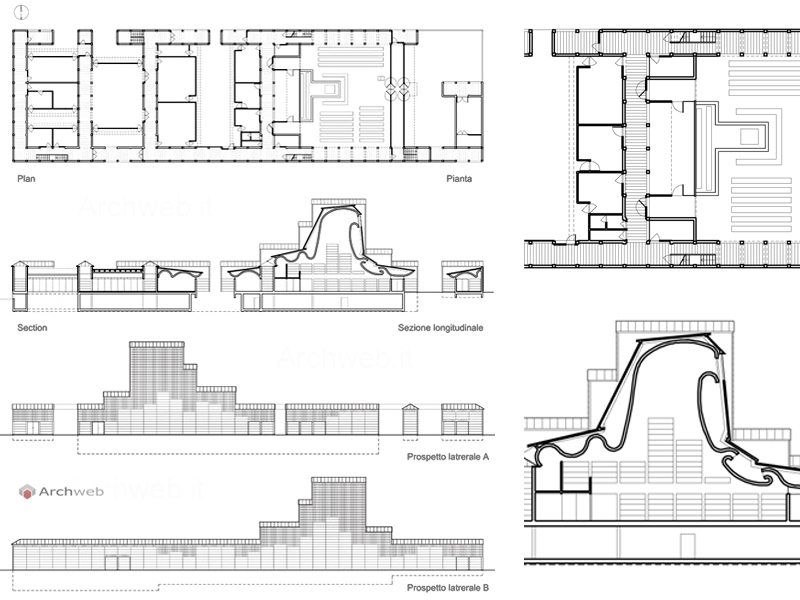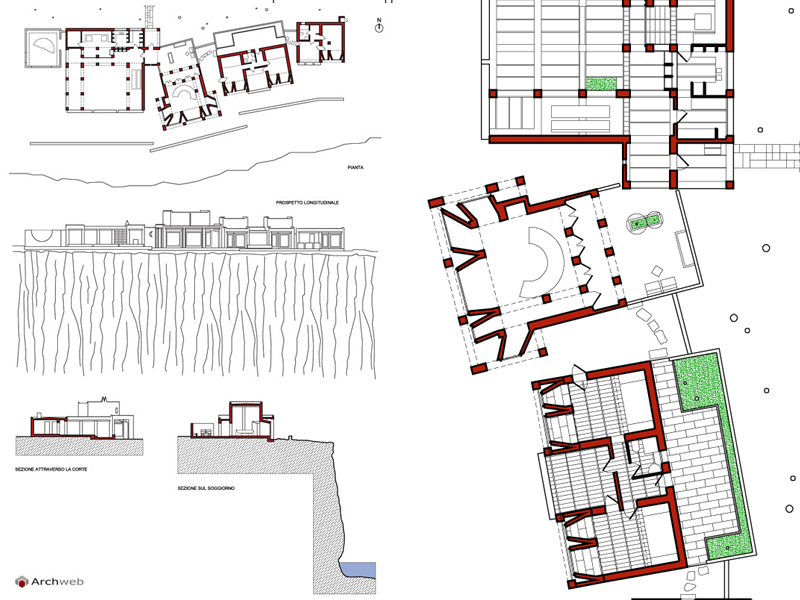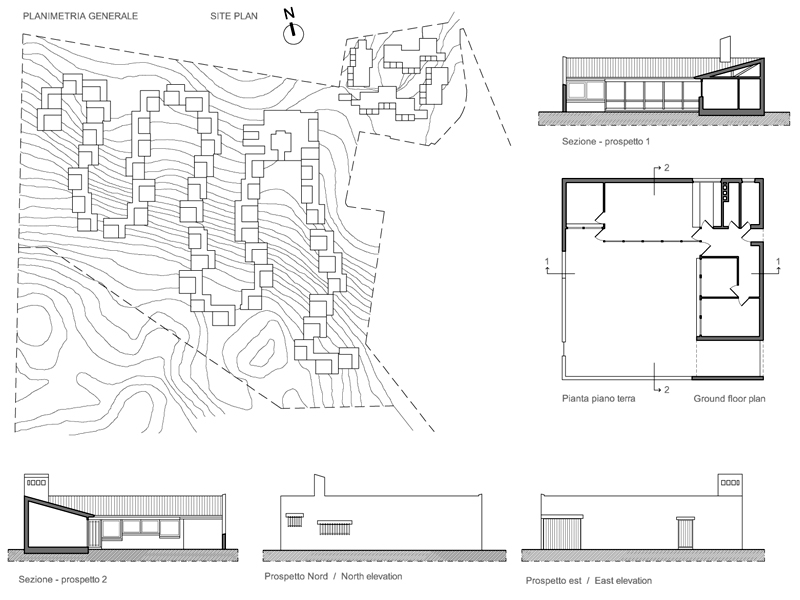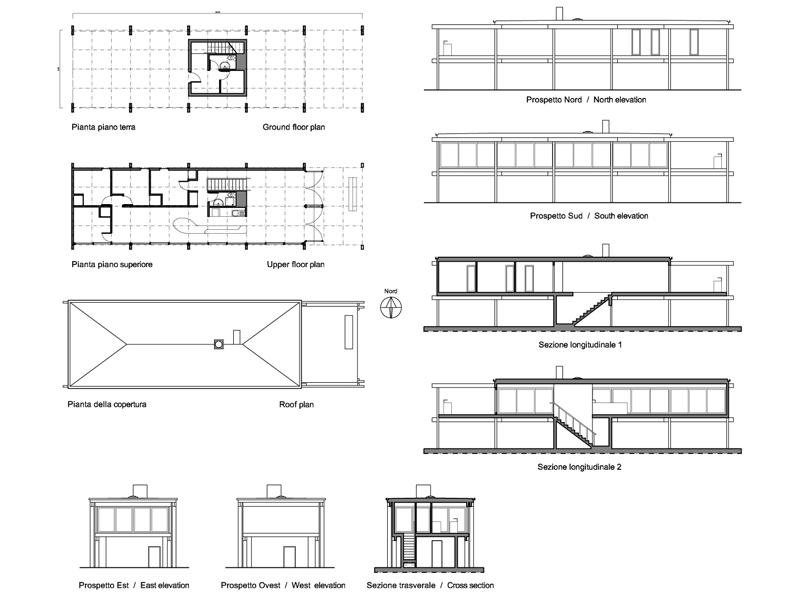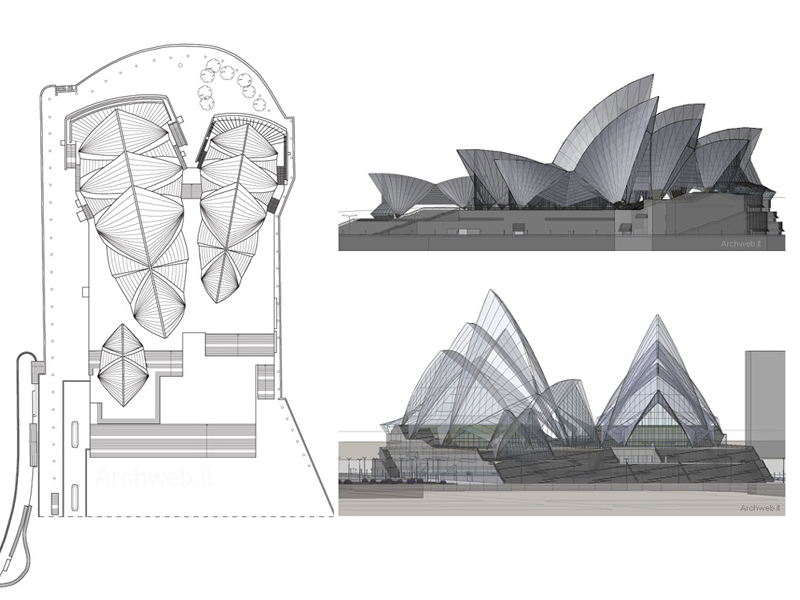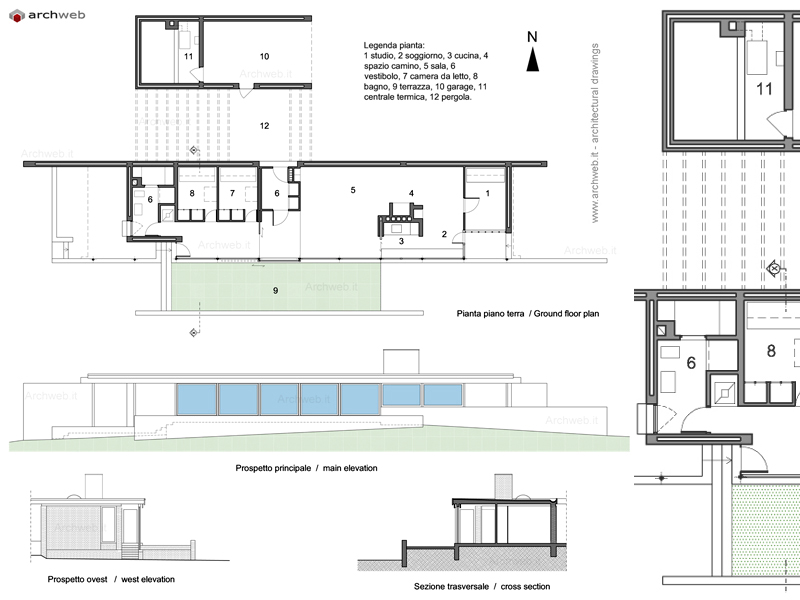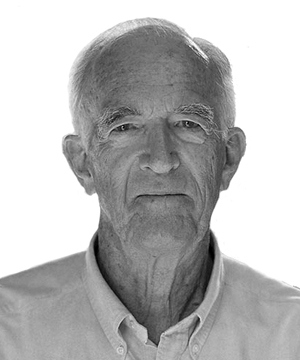
Jørn Utzon
Jørn Oberg Utzon, (9 April 1918 – 29 November 2008) was a Danish architect
Jørn Oberg Utzon, AC, Hon. FAIA (Danish: [ˈjɶɐ̯ˀn ˈutsʌn]; 9 April 1918 – 29 November 2008) was a Danish architect.
He was most notable for designing the Sydney Opera House in Australia, completed in 1973. When it was declared a World Heritage Site on 28 June 2007, Utzon became only the second person to have received such recognition for one of his works during his lifetime, after Oscar Niemeyer. Other noteworthy works include Bagsværd Church near Copenhagen and the National Assembly Building in Kuwait. He also made important contributions to housing design, especially with his Kingo Houses near Helsingør.
Utzon attended the Royal Danish Academy of Fine Arts (1937–42) and was influenced early on by Gunnar Asplund and Alvar Aalto.
Utzon was born in Copenhagen, the son of a naval architect, and grew up in Aalborg, Denmark, where he became interested in ships and a possible naval career. As a result of his family's interest in art, from 1937 he attended the Royal Danish Academy of Fine Arts where he studied under Kay Fisker and Steen Eiler Rasmussen. Following his graduation in 1942, he joined Gunnar Asplund in Stockholm where he worked together with Arne Jacobsen and Poul Henningsen. He took a particular interest in the works of American architect Frank Lloyd Wright. After the end of World War II and the German Occupation of Denmark, he returned to Copenhagen.
In 1946 he visited Alvar Aalto in Helsinki. In 1947–48 he travelled in Europe, in 1948 he went to Morocco where he was taken by the tall clay buildings. In 1949, he travelled to the United States and Mexico, where the pyramids provided further inspiration. Fascinated by the way the Mayans built towards the sky to get closer to God, he commented that his time in Mexico was "One of the greatest architectural experiences in my life."
In America, he visited Frank Lloyd Wright's home, Taliesin West, in the Arizona desert and met Charles and Ray Eames. In 1950 he established his own studio in Copenhagen and, in 1952, built an open-plan house for himself, the first of its kind in Denmark. In 1957, he travelled first to China (where he was particularly interested in the Chinese desire for harmony), Japan (where he learnt much about the interaction between interiors and exteriors) and India, before arriving in Australia in 1957 where he stayed until 1966. All this contributed to Utzon's understanding of factors which contribute to successful architectural design.
Utzon had a Nordic sense of concern for nature which, in his design, emphasized the synthesis of form, material and function for social values. His fascination with the architectural legacies of the ancient Mayas, the Islamic world, China, and Japan also informed his practice. This developed into what Utzon later referred to as Additive Architecture, comparing his approach to the growth patterns of nature. A design can grow like a tree, he explained: "If it grows naturally, the architecture will look after itself."
Read the whole biography on Wikipedia … >>
Works and projects
How the download works?
To download files from Archweb.com there are 4 types of downloads, identified by 4 different colors. Discover the subscriptions
Free
for all
Free
for Archweb users
Subscription
for Premium users
Single purchase
pay 1 and download 1




























































